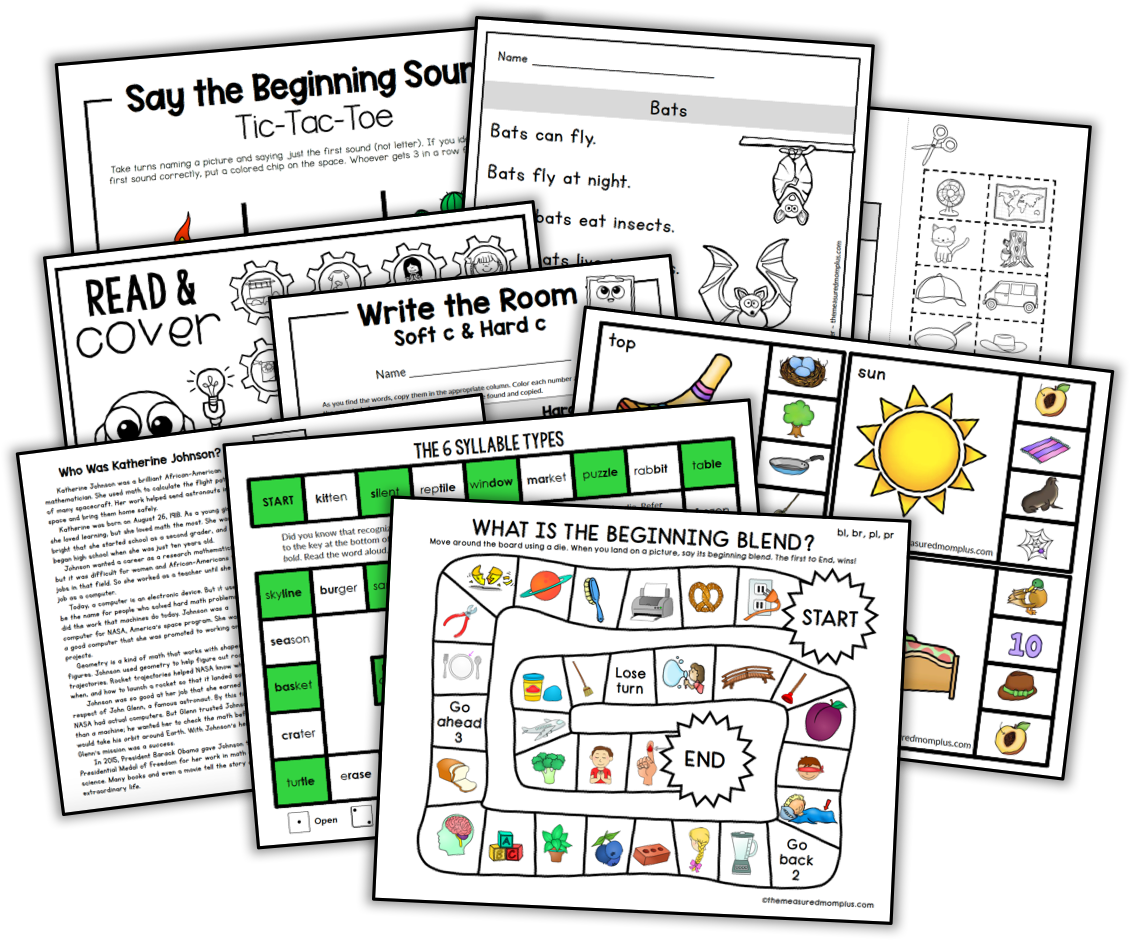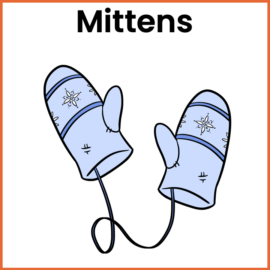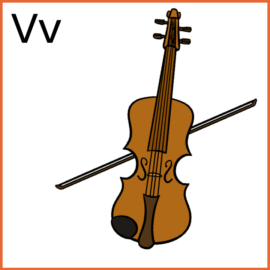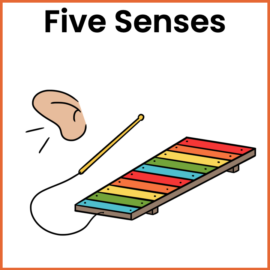Check out our list of recommended books about arctic animals!

I admit that our librarians often look at me a little strangely as I carry 40 books from the hold shelf to the checkout desk. But since I’m always on the hunt for the very best books for our themed book lists, we have to read them first!
Living in the Arctic, by Allan Fowler
I love Fowler’s nonfiction Rookie books. They have great photographs and just the right amount of information for preschoolers. This book is a terrific overview of life in the Arctic, from what the seasons are like to how the people and animals live and survive.
If It’s Snowy and You Know it, Clap Your Paws! by Kim Norman
We love singing books, so we enjoyed this variation of the popular children’s song “If You’re Happy and You Know it.” The illustrations felt a little too cutesy with the clothes on the arctic animals, but it’s still a good book.
Way up in the Arctic, by Jennifer Ward
This one was a winner, and a definite one to read aloud. We adored the bouncy rhymes as the mother animals care for their young. Be sure to sing it to the tune of the beloved “Over in the Meadow” (get the tune here). I could sing this one all day, and my Three never tired of it!
Over in the Arctic, by Marianne Berkes
This book follows the same pattern as Way Up in the Arctic. We liked the pictures and rhymes better in the other book, but this is still a good one. As a bonus, the end of the book has suggested activities, links, and related literature.
Ice Bear, by Nicola Davies
Personally, I enjoyed this poetic book about polar bears. It has many fascinating facts like this one: “The polar bear outweighs two lions and makes a tiger look small.” Unfortunately, I couldn’t get my Three interested in listening to it. I hope you have more success with your preschooler! It’s definitely worth a try.
Polar Bears, by Gail Gibbons
My Three often resists Gail Gibbons’ nonfiction picture books because they have more information than he wants to listen to. However, I got him to enjoy this one by reading it in a conversational style. I often stopped to talk about the pictures, ask him a question, or have him point to something.
Puffin Peter, by Petr Horacek
This is a delightful story about two puffins, Peter and Paul, who are the best of friends. When Peter gets lost in a storm, he is devastated that he can’t find Paul. But with the help of a big blue whale, he and Paul are finally reunited. My Three loved this one and requested it often.
Adrift: An Odd Couple of Polar Bears, by Jessica Olien
This is a wonderful book about two polar bears who can’t stand each other – until they find themselves together on a piece of ice that has drifted off to sea. We love this story of Karl and Hazel, two polar bears who find friendship where they least expect it.
The Three Snow Bears, by Jan Brett
We enjoyed this arctic version of The Three Bears. As always, Jan Brett’s illustrations are stunning.
Puffins Climb, Penguins Rhyme, by Bruce McMillan
This book presents a nice contrast between the arctic puffin and the antarctic penguin. You’ll find just two words per page. “Puffins land. Puffins stand. Penguins zoom. Penguins groom.”
The Arctic Habitat, by Molly Aloian and Bobbie Kalman
This book has a lot of information, which may make this better suited to kindergartners than preschoolers. However, it’s still worth a try with younger listeners, even if you have to skip some of it. The book has a nice format, which makes it friendly on the eyes (not like those books that put text on dark backgrounds, agh!). The best thing about this book is that it helps kids understand how arctic animals migrate, hibernate, or adapt.
Arctic Foxes, by Maeve T. Sisk
This is a nice little book that has just the right amount of text for young listeners. Children will learn about the arctic fox’s winter and summer coats, where it lives, what it eats, and more.
The Lonesome Polar Bear, by Jane Cabrera
This is a sweet little story about a lonely polar bear whose only friend is a fluffy white cloud. Feeling sorry for the bear, the cloud makes him friends out of snow. Of course, the snow animals melt away, leaving the little polar bear lonelier than ever until he meets a real polar bear. It’s not a super exciting plot or a piece of spectacular literature, but all my kids have liked this book as preschoolers.
My Little Polar Bear, by Claudia Rueda
This is a very simple, sweet book in which a mother polar bear explains why she knows that her baby is a polar bear too. It gives nice information for little listeners while sharing reassuring words about a mother’s love.
In Arctic Waters, by Laura Crawford
This is a fun book told in the same style as “This is the House that Jack Built.” It begins with a big piece of ice in the Arctic. “This is the ice that floats in the arctic waters.” Then, “This is the fish, small and quick, that circles the ice that floats in the arctic waters.” My Three requested I read it again right after finishing it, which is his highest praise!
Polar Opposites, by Erik Brooks
This is both a fun and educational book about how penguins and polar bears are different. It shows how they live in different parts of the world and never meet in their regular habitats. One is mostly white, one is mostly black. One is shaggy, one is smooth. This is when the book takes a silly turn, showing how they like different clothes, are clumsy/neat, etc. In the end the polar bear and penguin meet in the middle for a shared vacation.
Walruses of the Arctic, by Sara Swan Miller
We loved learning about walruses with this excellent nonfiction book. It has a fair amount of text, so be prepared to skim if necessary. But it’s definitely worth a read – we learned about a walrus’s bristles and tusks, what it eats, and so much more. My Three and Five were fascinated. (So was I!)
Polar Bear’s Underwear, by Tupera Tupera
This is a fun, silly book about a polar bear who has lost his underwear. Where can it be? He and his friend Mouse spot underwear in cut out pages – can you guess which animal it belongs to? The book won’t teach much about arctic animals, but it will add some fun to your unit.
Arctic Fox, by Dee Phillips
It’s fascinating to learn about the differences between the arctic fox’s life in winter and summer.
Kali’s Story, by Jennifer Keats Curtis
We saw a number of books about Kali, but this was the one best suited to a young audience. It’s the true story of an orphaned polar bear who is taken to a zoo, where he eventually finds a home with a female polar bar. You’ll love the entertaining photographs!
Polar Bear, by Dee Phillips
This is another winner in the Arctic Animals series. Learn about where polar bears live, how they keep warm, how they catch seals to eat, how they raise their cubs, and more. The main text is just the right amout for my Three, but you can read additional information boxes for kids who want to know more.

Polar Bear Night, by Lauren Thompson
This book reads like a lullaby as the baby polar bear wanders around looking at the night sky and sleeping animals. Frankly, this book put me to sleep (maybe that’s the point!), but my Three wanted to hear it again right away, so I guess it was a hit.
The Polar Bear Son, by Lydia Dabcovich
My Three and Five loved this retelling of a traditional Inuit story. An old, childless woman takes in a polar cub who becomes like a son to her. When the hunters get envious, she must let her polar bear son go. It’s a tender, beautiful tale.
Polar Bears and Penguins, by Katharine Hall
I love how this book compares and contrasts polar bears and penguins – it covers where they live, their skin covering, and more – in very simple text alongside large photographs. Recommended!
Polar Bears, by Kate Riggs
This is the first book I’ve read from the Seedlings series, and I want to see more! It’s a perfect introduction to polar bears for toddlers and young preschoolers. Extremely simple text, lovely photos – just perfect, truly!
A Polar Bear’s World, by Caroline Arnold
I’m not crazy about the collage style illustrations in this book, and I really dislike trendy fonts in children’s books (they go out of style so fast). In my opinion, the pages were too busy, and the illustrations the same from page to page. But it has good information, and my Three and Five enjoyed it.
Polar Bears, by Laura Marsh
I love this Level 1 National Geographics Kids book. It has great photos and just the right amount of interesting text. Did you know that the polar bear can weigh as much as seven men? We found it fascinating that in one Canadian town polar bears come to town in the fall! Highly recommended.
What Can Live in the Snow? by John-Paul Wilkins
Snatch up Heinemann Read and Learn books from the library – they don’t disappoint! Yes, the cover of this book features penguins, who don’t live in the Arctic, but the book has lots of information about how plants live in the tundra, how animals stay warm during the Arctic winter, how they find food, how they protect themselves, and how they hide. Bonus! The book has a picture glossary and index, plus recommended websites for learning more.
Arctic Tundra, by Michael H. Forman
My complaint about this book is that the text is sometimes written as an overlay on busy pictures, and you can’t read it very easily. However, my older kids enjoyed this one. Since it goes into detail about permafrost and other geographic elements, I recommend it for advanced listeners.
The Little Polar Bear, by Hans de Beer
I hesitate to include this one because I think there are way too many books in the series, and I just couldn’t get into them. But this one is pretty cute. Lars is separated from his dad and floats on the ice to the tropics, where he meets a friendly hippo who helps him find his way back home.
Good Morning, Little Polar Bear, by Carol Votaw
This isn’t one of my favorites because it’s a little too cutesy for me. It felt a little like a toddler book with its adorable illustrations and sweet rhymes. However, it’s a nice overview of arctic animals for young preschoolers. If you read it a few times, your child may be able to fill in the rhyming words.
Where Do Polar Bears Live? by Sarah L. Thompson
This is an excellent Let’s Read and Find Out science book. I love books that present nonfiction in story form. Though the book had a lot of information, my Three stayed engaged. I have to say , though, that I was disappointed at how much of the ending went on and on about global warming. It felt a little political, so I skipped over some of it.
North Pole South Pole, by Nancy Smiler Levinson
I’ll admit I read this one without my Three by my side because after a couple months of winter and arctic books, he’d reached his limit! “That’s boring,” he said, before I’d even begun. But this is really a great little book that would make a good introduction to an arctic or polar animal unit.
Snowshoe Hare, by Dee Phillips
This is another book in the Arctic Animals series. Your child will learn what the snowshoe hare eats, how it escapes from enemies, how it grows up, etc. It’s a little busy on the pages, but the main text is good for young listeners.
MEMBERS GET PRINTABLE BOOK LISTS!

Members of The Measured Mom Plus get one-click access to each of our printable book lists … not to mention practical video workshops, no-print resources, and hundreds of printables. Not a member yet? Learn more here.





































[…] arctic animal in efforts to free it from the iceberg. Prior to actually doing this activity, we read a few books about what it’s like to live in the […]